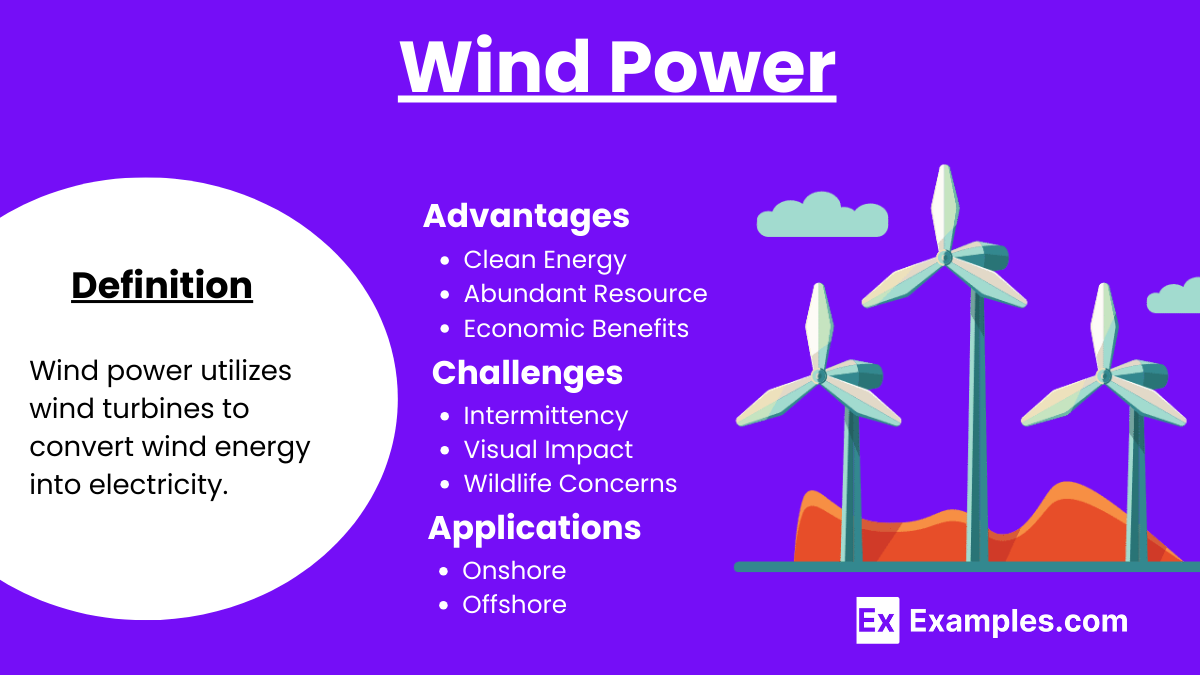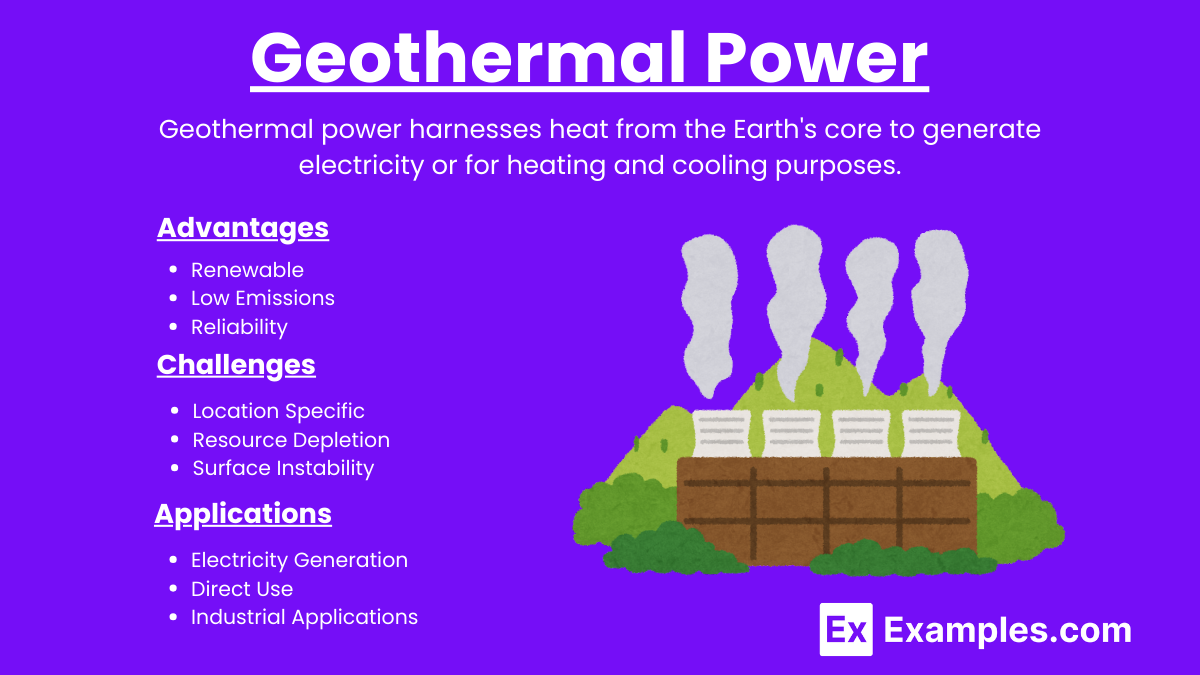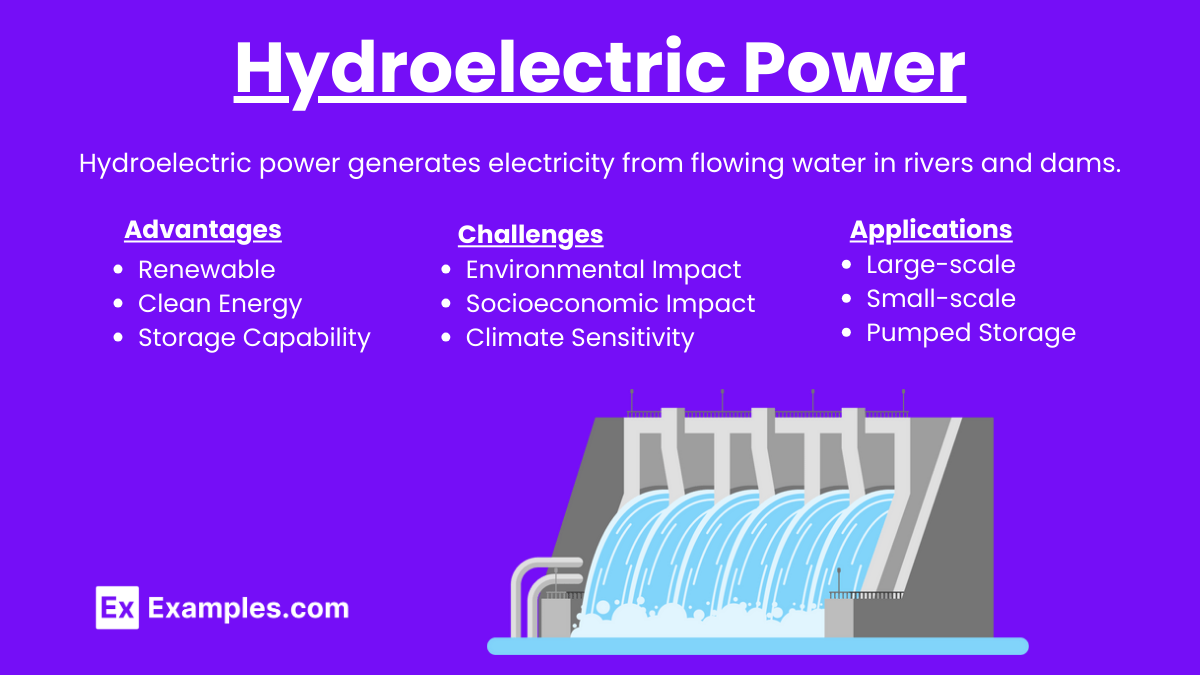In AP Environmental Studies, exploring natural sources of energy like solar power, wind, geothermal, and hydroelectric power is essential for understanding their interactions with ecology, ecosystems, biodiversity, and the biosphere. These renewable energy sources harness natural processes without depleting finite resources or significantly altering ecosystems, thereby offering sustainable alternatives to fossil fuels. By analyzing their environmental impacts and benefits, students gain insight into how these technologies can promote ecological balance, mitigate climate change, and foster resilience in the biosphere, crucial for sustainable development and conservation efforts worldwide.
Free AP Environmental Science Practice Test
Learning Objectives
In AP Environmental Studies, learning objectives focus on analyzing natural sources of energy such as solar power, wind, geothermal, and hydroelectric power to evaluate their impacts on organisms, climate changes, and flora and fauna. Students explore how these renewable energy sources interact with ecosystems, considering their potential to mitigate habitat disruption, reduce greenhouse gas emissions, and affect biodiversity. Understanding the environmental implications and socio-economic factors associated with each energy type prepares students to advocate for sustainable energy policies that balance human energy needs with ecosystem health and species conservation efforts.
Solar Power

Definition: Solar power harnesses energy from the sun using photovoltaic (PV) panels or concentrating solar power (CSP) systems.
Advantages:
Renewable: Sunlight is abundant and inexhaustible.
Low Environmental Impact: Generates electricity without greenhouse gas emissions.
Versatility: Suitable for both large-scale power plants and distributed systems.
Challenges:
Intermittency: Dependent on weather conditions and daylight hours.
Energy Storage: Requires efficient storage solutions for continuous power supply.
Land Use: Large-scale solar farms can impact land use and local ecosystems.
Applications:
Residential: Rooftop solar panels for homes and buildings.
Commercial: Solar farms for utility-scale electricity generation.
Remote Areas: Provides electricity in off-grid locations.
Wind Power

Definition: Wind power utilizes wind turbines to convert wind energy into electricity.
Advantages:
Clean Energy: Produces electricity without greenhouse gas emissions.
Abundant Resource: Wind is a renewable resource found globally.
Economic Benefits: Provides jobs and stimulates local economies.
Challenges:
Intermittency: Wind speed fluctuations require backup power sources or energy storage.
Visual Impact: Large wind farms can impact scenic landscapes and local communities.
Wildlife Concerns: Potential impact on birds and bats through collisions.
Applications:
Onshore: Wind turbines on land in windy regions.
Offshore: Wind farms installed in oceans for higher wind speeds and less visual impact.
Geothermal Power

Definition: Geothermal power harnesses heat from the Earth's core to generate electricity or for heating and cooling purposes.
Advantages:
Renewable: Utilizes heat from Earth's interior, a virtually inexhaustible resource.
Low Emissions: Minimal greenhouse gas emissions compared to fossil fuels.
Reliability: Provides baseload power with high capacity factors.
Challenges:
Location Specific: Requires regions with accessible geothermal resources.
Resource Depletion: Long-term sustainability concerns with excessive extraction.
Surface Instability: Potential for induced seismic activity in some areas.
Applications:
Electricity Generation: Geothermal power plants convert heat to electricity.
Direct Use: Geothermal heat pumps for heating and cooling buildings.
Industrial Applications: Used in agriculture, aquaculture, and spa industries.
Hydroelectric Power

Definition: Hydroelectric power generates electricity from flowing water in rivers and dams.
Advantages:
Renewable: Uses water flow, a replenish able resource.
Clean Energy: No greenhouse gas emissions during operation.
Storage Capability: Can store water for electricity generation as needed.
Challenges:
Environmental Impact: Alters river ecosystems and fish habitats.
Socioeconomic Impact: Displacement of communities due to dam construction.
Climate Sensitivity: Vulnerable to changes in precipitation and water availability.
Applications:
Large-scale: Dams and reservoirs for major electricity generation.
Small-scale: Micro-hydro systems in remote areas or communities.
Pumped Storage: Utilizes excess electricity to pump water back into reservoirs for later use.


